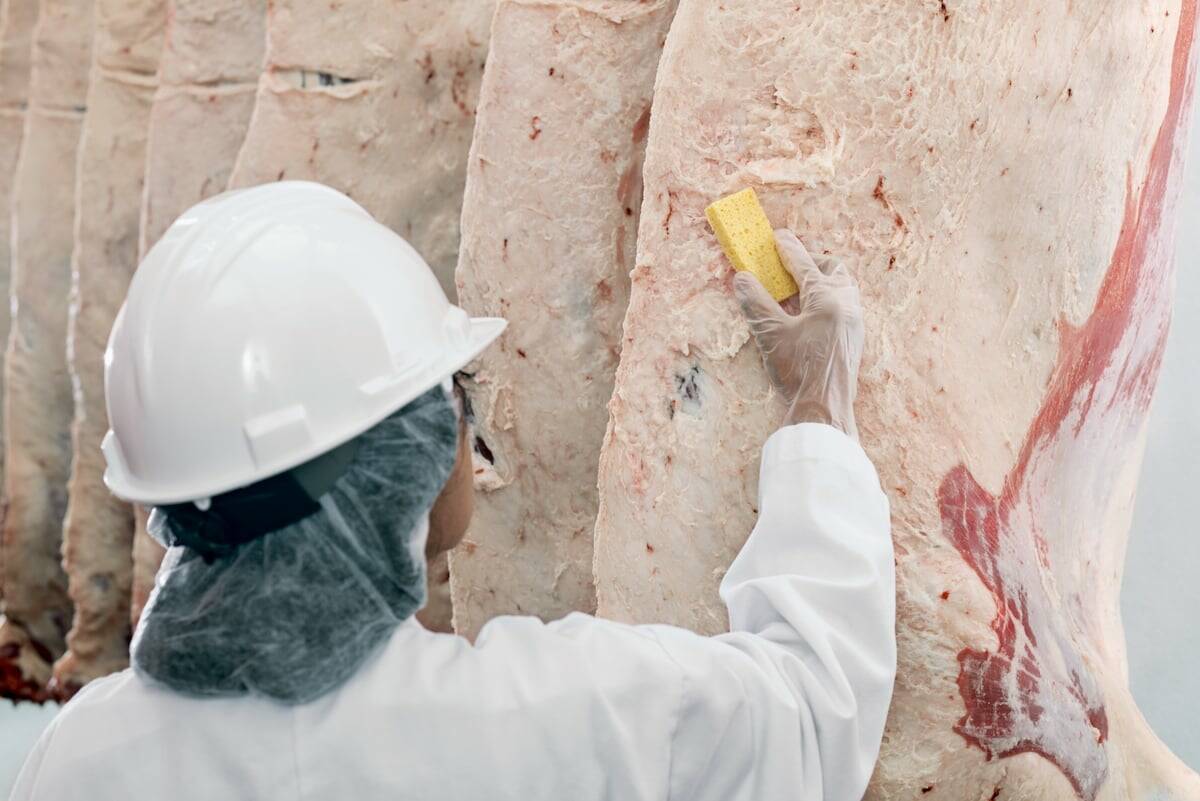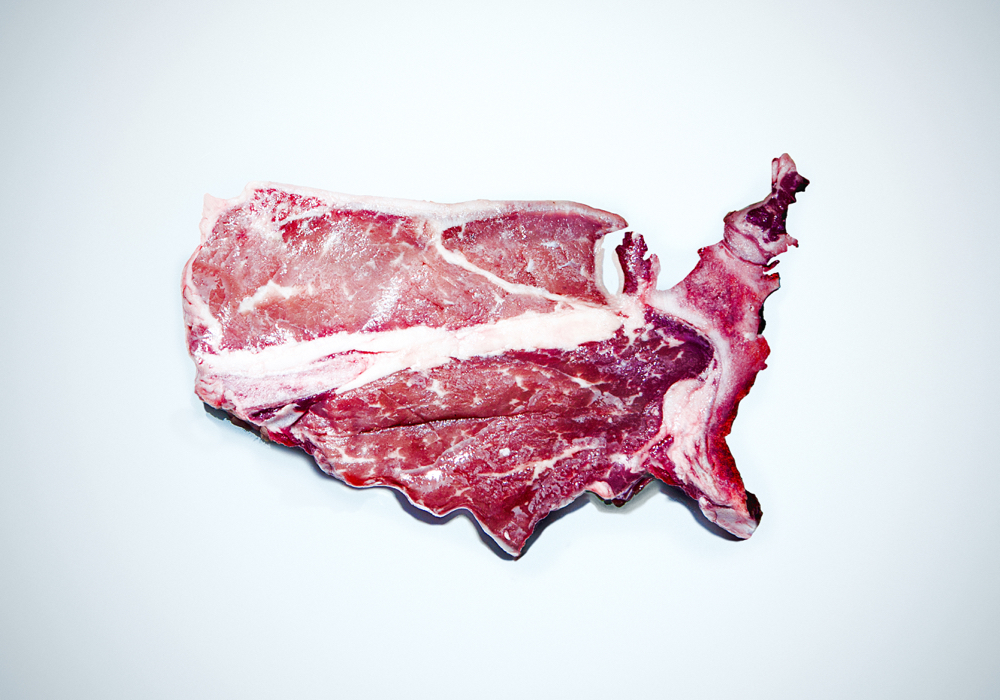While 2021 sales have improved over 2020, most foodservice sectors have yet to reach pre-pandemic levels, and the industry will likely have to adapt to long-term changes in Canadians’ eating habits.
Canadians love to travel and spend their foodservice dollars abroad. This summer marks the second consecutive summer that these dollars have remained locked into local economies. Local travel and return to work appear to have supported the limited-service (e.g. fast-food) sector to near steady sales with pre-pandemic levels. The remainder of the foodservice sector is still struggling though. Restaurants have been hit hard again this year with restrictions and customer fears about the perceived risk of going out.
Total foodservice sales in June were up 32 per cent from June 2020, but down 16 per cent from June 2019. Subtract drinking-only establishments, and foodservice sales were up 25 per cent from June 2020 but down 20 per cent from June 2019. Special service (e.g. the catering and stadium business) was up 57 per cent from June 2020, but down 45 per cent from June 2019.
Read Also

Key supply and demand factors in the U.S. beef market
Beef market analyst Steve Kay outlines the fundamentals driving the U.S. beef market, including cow herd size, weather, disease threats, imports and demand.
The story is similar for full service (e.g. dine-in restaurants), whose sales were up 46 per cent from June 2020, but down 25 per cent from June 2019. These numbers are disappointing considering the investments the full-service sector is thought to have made to refresh business models and provide more dine-out options. Only limited-service establishments have come close to sales comparable to 2019. Limited-service sales in June 2021 were up 22 per cent from June 2020, and down just one per cent from June 2019.
| Food Service Sales in Canada | June 21st 2020 | June 21st 2019 |
| Total (Excluding drinking establishments) | +25% | -20% |
| Special Service | +57% | -45% |
| Full Service | +46% | -25% |
| Limited Service | +22% | -1% |
As the Canada Emergency Wage Subsidy is set to expire October 23, 2021, and patio season has wound down, restaurant capacity is likely to be negatively impacted*. Full-service restaurants may be forced to borrow more or invest and focus more on dine-out and online orders to stay afloat during the colder months, if they haven’t done so already. This may lead to fundamental and semi-permanent shifts in employment, cutout values and the way families gather and celebrate occasions.
In the near term, there won’t be as many jobs in the sector. Additionally, the cutout may be affected because cuts demanded by the sector may support more dine-out friendly offerings. Both round and blade roast retail pricing increased counter-seasonally this summer. This could be because there was more competition from foodservice to support wholesale values for these products.
Full-service will have to adjust to changing and entrenching consumer behaviours. For example, a University of Guelph study examined whether Canadians’ eating habits had changed since staying home. It showed that 60 per cent reported making more meals from scratch, 70 per cent spent more time cooking, 55 per cent ate more meals with children and 50 per cent involved their children in meal preparation more often. These are wholesome activities that families may not tire of for quite some time.
The transitory food inflation in the economy is also putting pressure on families and is unsupportive to foodservice. Many more families will be doing more cooking and will become more disciplined to combat this inflation.
This does not bode well for the foodservice sector. It is estimated that pre-pandemic ratios of retail to foodservice buying were 62:38, and that the ratio dropped as low at 91:9 during the pandemic and is currently around 74:26.
*Originally noted that the Canadian Emergency Wage Subsidy expired September 25, 2021. The subsidy was recently extended to October 23, so the story was updated accordingly.















